
A blog focusing on 1/64 diecast from such popular brands as Hot Wheels, Matchbox, Johnny Lightning, M2 Machines, GreenLight, Tomica, Yat Ming, Majorette, MotorMax, Siku, Corgi, Guisval, Playart, Ertl, Zylmex, Racing Champions, & many more. Swifty's Garage features a daily Car Of The Day and news updates from your favorite brands!
Monday, September 19, 2011
Car Of The Day: September 19, 2011
Today's car of the day is Impy Lonestar's 1964 Jaguar MK X.
The Jaguar Mark X (pronounced mark ten) was the top-of-the-range saloon car built by the British manufacturer Jaguar, originally aimed at the United States market. The Mark X succeeded the Mark IX as the company's large saloon model.
For more information and pictures of the real car please visit: Jaguar Mark X
This is a recent purchase from old442dude (thanks Eric!), and do I need to justify buying an Impy? I love these cars! The bonnet, boot, and doors all open, an accurate casting shape, earlier models have jeweled lights (but this is a later Flyers release and does not), and they managed to do all of this with 1960s technology. In all of the years since there have been precisely zero manufacturers to offer as many opening features on their models. We've seen Ertl American Muscle offer hoods & trunks (but no doors). We've seen M2 Machines offer hoods and doors (but no trunks). And while we've seen Matchbox offer opening hoods, hatches, and doors... they've never done more than one feature any one model (and now offer none at all). This car is not without its flaws though- as a later model it lacks the jeweled lights that are so beautiful on the older releases. And the paint quality leaves a lot to be desired. The color is gorgeous, but it seems like the paint may have been too runny when it was mixed.
The modern Jaguar face, four headlamps set into rounded front fenders with a vaned grill, first appeared on the Mark X. The interior is the last Jaguar with abundant standard woodwork, including the dashboard, escutcheons, window trim, a pair of large bookmatched fold out rear picnic tables, and a front seat pull-out picnic table stowed beneath the instrument cluster. Over time, air conditioning and a sound-proof glass division between the front and rear seats were added as options.
From its introduction until the arrival in 1992 of the low-slung XJ220, the Mark X stood as one of the widest production Jaguars ever built. Asked in 1972 if he thought the Mark X had grown rather too large, Jaguar chairman William Lyons, agreed that it "definitely" had: he opined that the then recently introduced and notably more compact Jaguar XJ6 was, by contrast an "ideal size".
The substantial doors required helical torsion springs inside the door pillars to enable them to be opened from the inside with an acceptably low level of effort.
For the London Motor Show in October 1966 the Mark X was renamed the Jaguar 420G. (This should not be confused with the smaller Jaguar 420.) Visually, the 420G was distinct from the Mark X only in the addition of a vertical central bar splitting the grille in two; side indicator repeaters on the front wings, and a chrome strip along the wing and door panels (Two tone paint schemes were also available, whereupon the chrome strip was omitted). Interior changes included the arrival of perforations in the central sections of the leather seats, padded dashboard sections for safety, the moving of the clock to a more central position, and the introduction of air conditioning as an option.
A "limousine" version was available, on the standard wheelbase, with a dividing glass screen partition and front bench seat replacing the separate seats of standard cars. The wheelbase was extended by 21" with the mechanical underpinnings of the car being subtly re-bodied for the 1968 Daimler DS420. This car was built until 1992 and used by many countries in official capacities, and frequently by funeral homes; either with a saloon body for carrying mourners or a hearse body.
Despite running for the same length of time as the Mark X (5 years) the 420G sold in less than a third of the numbers: this lack of popularity and the increasing production of the XJ6 resulted in the 420G being run out of production in 1970.
Subscribe to:
Post Comments (Atom)
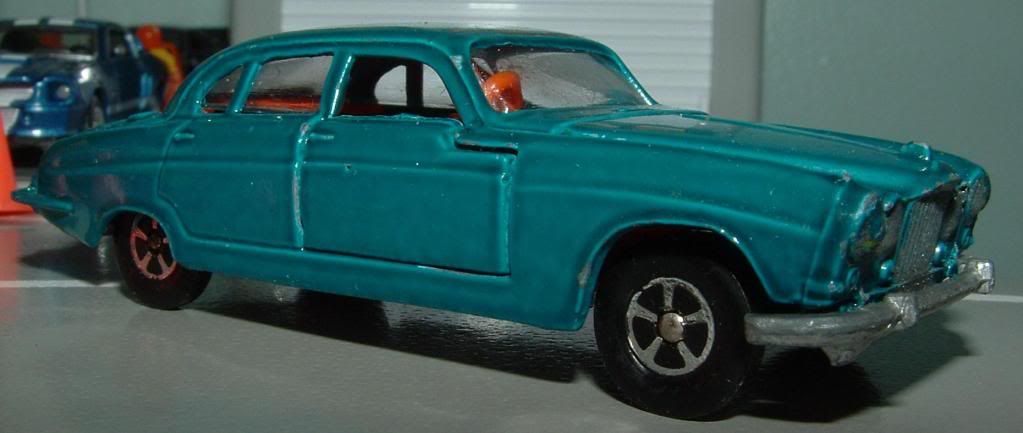
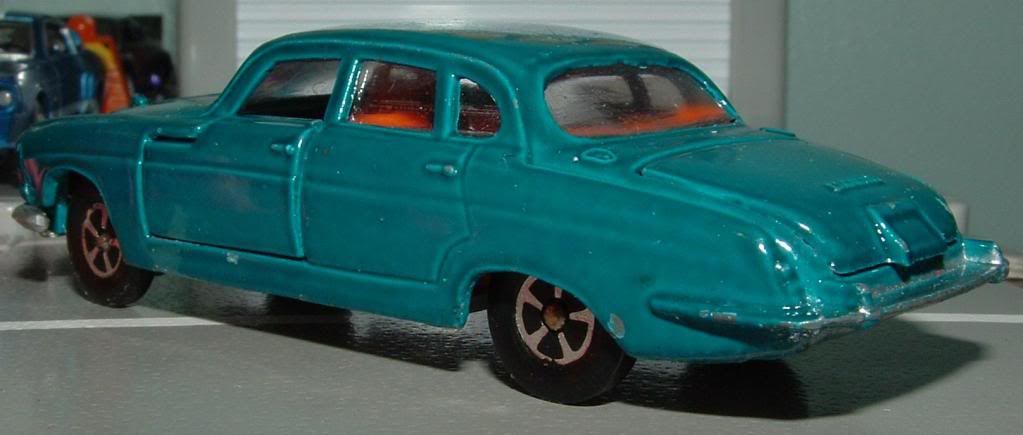

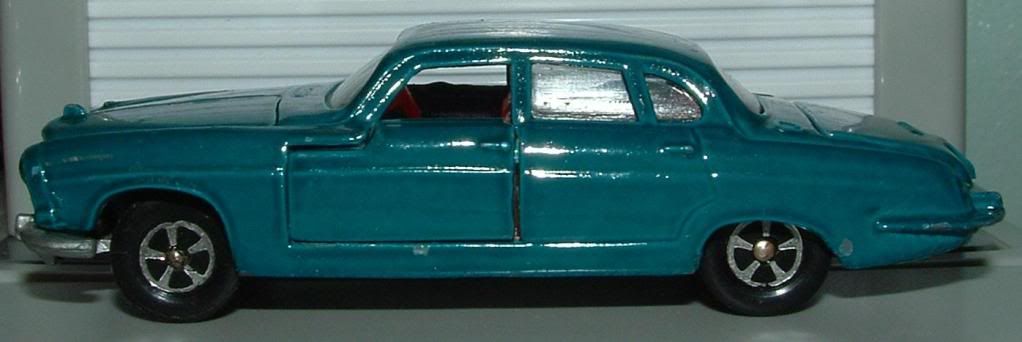
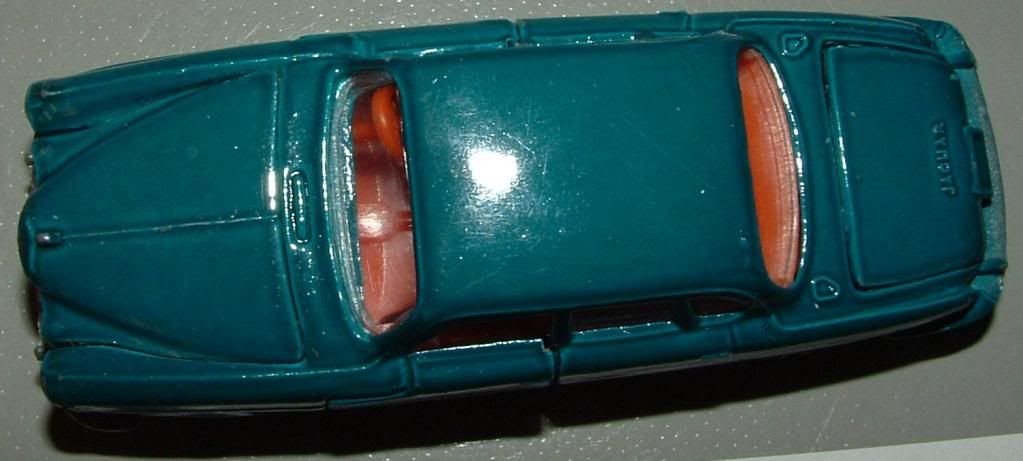
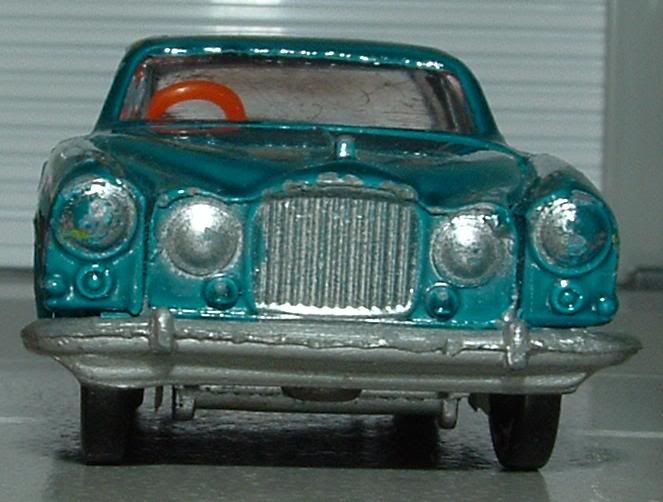
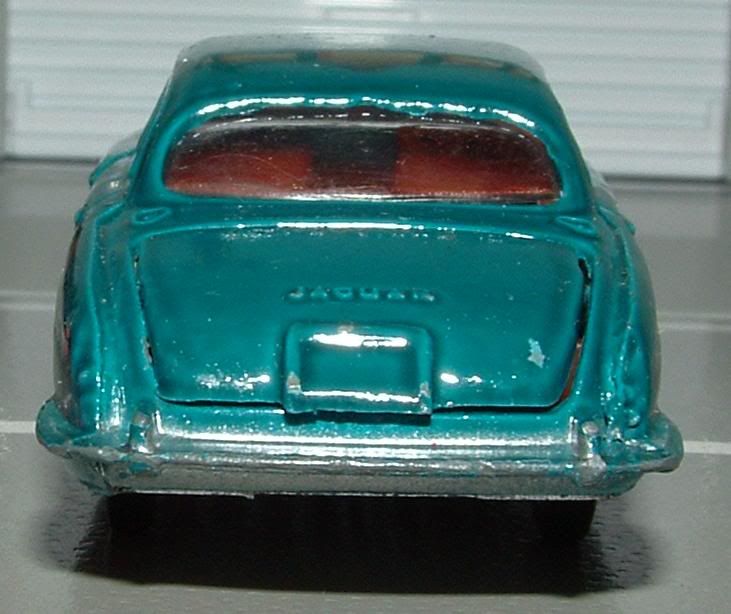
No comments:
Post a Comment